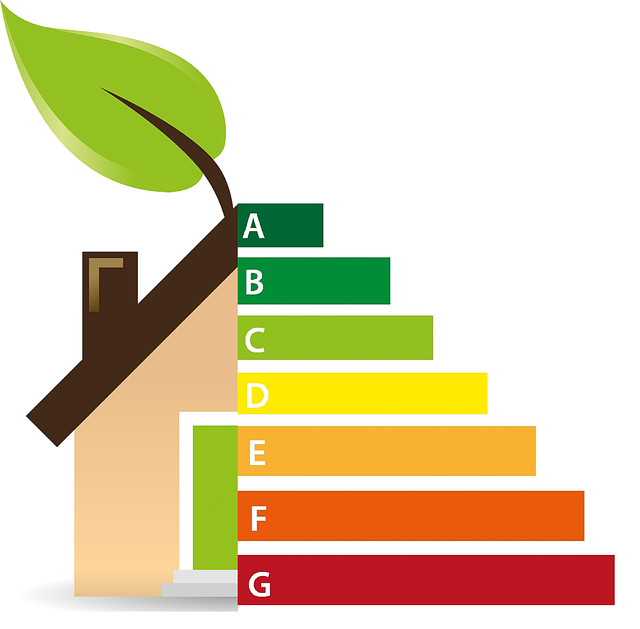What’s Common in Appliance Ads??
Apart from the incredibly lenient parents who tolerate all sorts of mischief, one common theme in appliance commercials is the mention of the product’s energy efficiency. This comes as no surprise, considering that a survey conducted by the European Commission found that 93% of Europeans are not only aware of energy labels but also appreciate them. Furthermore, 79% of consumers take these labels into account when making purchases.
But is energy efficiency a critical factor that should heavily influence our buying decisions? Let’s explore this question through an example:
Consider two refrigerators currently available in the UK market. Despite having a similar type, size, and capacity, these refrigerators exhibit a notable differences in price by ~350 USD. You may also notice two other differences:
- Firstly, the energy certificates look somewhat different from what we’re accustomed to seeing (you can further see the reasons below, or directly jump to that section);
- Secondly, one of them consumes less than half the annual energy of the other:

In this example, we assumed an electricity price of $0.28 per kWh for a household. Through simple calculations, we find that the negative impact of such inefficiency amounts to less than $44 per year. In other words, when considering present value terms for the refrigerator’s lifespan, the cumulative cost of inefficiency wouldn’t exceed $500.
Verdict
Given that the price difference between these two refrigerators is $350, compared to the potential long-term savings of $500, choosing the more efficient model seems reasonable. Therefore, we can’t dismiss energy efficiency as a mere illusion.
However, the payback period is around 8 years (after half of its useful life has passed), which suggests that energy efficiency alone might not be a compelling enough reason to pay more.
Nevertheless, as observed in this case, more efficient appliances often come with better features, higher brand image and improved build quality (though not always). This makes it relatively easy to find other reasons to justify the higher price tag.
On the flip side, if you’re deciding between two models where other specifications are non-essential, and the only noticeable difference is energy efficiency, it’s not unreasonable to opt for the cheaper one and treat yourself to a nice dinner.
But, here’s the twist!
This analysis becomes short-sighted if we only consider individual budgets. Another crucial aspect to consider is the cumulative impact of public choices:
Google informs us that the average number of refrigerator sales worldwide is around 200,000 units, with an average annual growth rate of 2%*. Let’s assume that for the next 15 years, every household worldwide prefers a nice dinner over a more efficient refrigerator.
This would result in an additional cumulative electricity consumption of 4.4 terawatt-hours (TWh) over 15 years—equivalent to the yearly energy consumption of a small country! (In fact, nearly half of the world’s countries consume less)
In other words, to compensate for the inefficiency difference of these refrigerators through increased solar energy capacity, we’d need to invest around 40 megawatts (MW) of solar capacity each year (assuming a photovoltaic load factor of 11% in the UK). This translates to an annual investment of US$60 million or a cumulative investment cost of over $700 million in present value terms over 15 years. Impressive!
As a result, we can conclude that energy efficiency is more than a personal choice. The cumulative impact of efficiency improvements is so substantial that governments should incentivize the public to prioritize energy efficiency.
While energy labeling is a positive step, governments subsidizing the early replacement of old and inefficient appliances would be an even better approach.
Is It Wise to Avoid “Inefficient” E or F Rated Appliances?

First and foremost, even if an appliance is labeled as E or F according to the new labeling system, it doesn’t necessarily mean it’s inefficient. In fact, if you had purchased the same appliance before March 2000, it might have the same efficiency rating as an outstanding A+ or A++.
In case this seems confusing, the new energy labeling system is explained briefly and clearly here. Essentially, as products have significantly improved in energy efficiency since the inception of labeling, it no longer makes sense to assign all products A+, A++, A+++, etc. Instead, recent adjustments to the calculation methods have led to a rescaling of grades, leaving room for more efficient products in the future. Additionally, a QR code is introduced, allowing consumers to easily access product details by scanning the code with their phones and visiting an official webpage.
Final Thoughts
- I want to clarify that my intention was not to discredit Beko in this article. On the contrary, I view Arcelik/Beko as offering high price-to-performance ratios. The examples in this article were chosen arbitrarily.
- Let me reiterate that even if you purchase an E or F rated household appliance, you can still consider yourself environmentally responsible. For instance, an old (>15 years) refrigerator might consume around 900 kWh/year. Replacing such a refrigerator today, even with an F-grade one, would immediately save you more than US$150 a year, paying back the investment in just a few years.
- In fact, if you frequently open your refrigerator door, you might save even more money by replacing your old refrigerator. Newer models can handle temperature fluctuations more efficiently and rapidly.
- If you wish to have an idea about your grandma’s refrigerator, Energy Star’s refrigerator energy consumption calculator here may give you an idea. If she is still attached to her refrigerator from the last century, be a good grandchild and buy her a new refrigerator today. She’ll surely resist at first, but finally appreciate it after seeing lower electricity bills!

